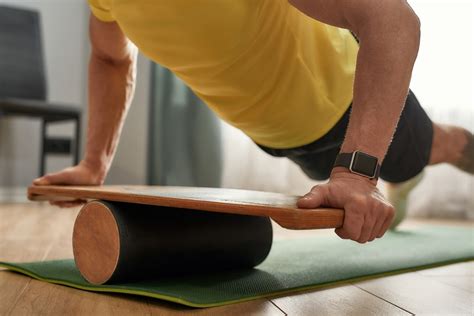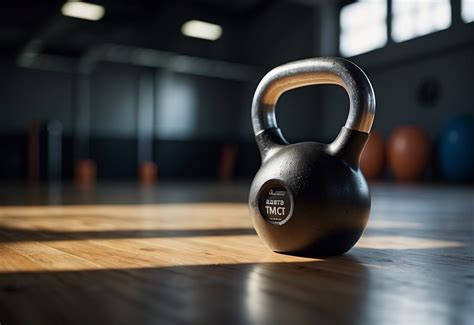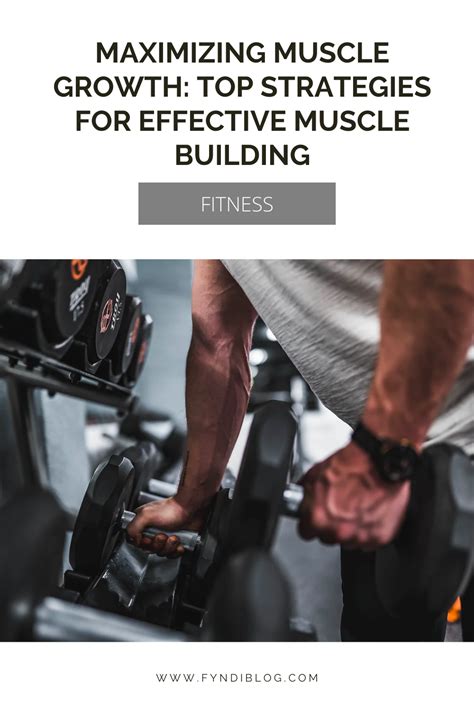Optimize functional strength & energy: What workout strategy fits a busy life?

The Challenge: Fitness in a Time-Crunched World
In our modern, fast-paced lives, finding time for self-care, especially fitness, often feels like an impossible task. We juggle careers, family responsibilities, and personal commitments, leaving little room for lengthy gym sessions. Yet, the desire to feel strong, energized, and capable of handling daily demands persists. This isn’t just about looking good; it’s about optimizing functional strength and sustained energy to thrive in every aspect of your busy life.

Defining Functional Strength and Energy
Functional strength isn’t about lifting the heaviest weight; it’s about building strength that translates directly into real-world movements. Think lifting groceries, playing with kids, climbing stairs, or carrying luggage – these everyday tasks require core stability, balance, and integrated muscle action. Training for functional strength means focusing on movements that mimic these actions, engaging multiple muscle groups simultaneously.
Sustained energy, on the other hand, goes beyond a quick caffeine fix. It refers to your body’s ability to maintain vitality and focus throughout the day without crashing. Regular, appropriate exercise, coupled with good nutrition and recovery, plays a crucial role in enhancing mitochondrial function, improving cardiovascular health, and regulating hormones, all contributing to a more consistent and higher energy level.
Why Prioritize Functional Fitness When Time is Short?
For individuals with demanding schedules, functional strength and sustained energy are not luxuries; they are necessities. Improved functional strength reduces the risk of injury, makes daily activities easier, and enhances overall quality of life. High energy levels allow you to be more productive at work, more present with family, and more engaged in hobbies, preventing burnout and improving resilience against stress.

Core Principles for Efficient & Effective Workouts
To maximize your fitness gains in minimal time, consider these foundational principles:
- Compound Movements: Focus on exercises that engage multiple joints and muscle groups simultaneously (e.g., squats, deadlifts, push-ups, rows). These are highly efficient.
- Consistency Over Duration: Short, regular workouts (20-30 minutes, 3-4 times a week) are far more effective than sporadic, marathon sessions.
- Prioritize Intensity: When time is limited, make every minute count. Work at an intensity level that challenges you.
- Smart Programming: Incorporate full-body routines that hit all major muscle groups over the course of the week.
- Recovery & Nutrition: Adequate sleep, hydration, and a balanced diet are non-negotiable for energy and muscle repair, especially when pushing your body.
Top Workout Strategies for a Busy Schedule
Here are several proven workout strategies that deliver significant results without monopolizing your day:
1. High-Intensity Interval Training (HIIT) with Functional Focus
HIIT involves short bursts of intense exercise followed by brief recovery periods. When combined with functional movements (e.g., burpees, kettlebell swings, box jumps), it’s incredibly effective for improving cardiovascular fitness, building strength, and boosting metabolism in just 15-20 minutes. The EPOC (Excess Post-exercise Oxygen Consumption) effect means you continue to burn calories long after your workout.
2. Full-Body Strength Circuits
Design a circuit with 4-6 compound exercises. Perform each exercise for a set number of reps or time, move directly to the next with minimal rest, and then rest for 1-2 minutes before repeating the circuit 2-4 times. This keeps your heart rate up while building strength efficiently.

3. Micro-Workouts: Spaced Throughout Your Day
Can’t commit to a 20-minute block? Break it up! Do 5 minutes of squats and lunges in the morning, 5 minutes of push-ups and planks at lunch, and 5 minutes of stretching and core work in the evening. These small bursts add up and help combat sedentary behavior.
4. Bodyweight & Minimal Equipment Routines
No gym? No problem. Exercises like push-ups, squats, lunges, planks, glute bridges, and burpees require zero equipment and can be done anywhere. A resistance band or a single dumbbell/kettlebell can significantly expand your options without needing a full home gym.
Sample 20-Minute Functional Power Circuit
Here’s an example circuit you can try, focusing on full-body engagement and functional movements:
- Warm-up (5 mins): Light cardio, dynamic stretches (arm circles, leg swings).
- Circuit (12 mins, 3 rounds):
- Goblet Squats (10-12 reps or 45 sec)
- Push-ups (as many reps as possible or 45 sec)
- Reverse Lunges (10-12 reps per leg or 45 sec)
- Plank (45-60 sec hold)
- Dumbbell Rows (10-12 reps per arm or 45 sec)
Rest 60-90 seconds between rounds.
- Cool-down (3 mins): Static stretches (hamstring, quad, chest stretch).

Making It Stick: Tips for Long-Term Success
- Schedule It: Treat your workout like any other important appointment.
- Be Flexible: Life happens. If you miss a session, don’t give up. Just pick up where you left off.
- Track Progress: Seeing improvements in strength, endurance, or energy is a powerful motivator.
- Listen to Your Body: Rest days are crucial. Don’t push through pain or severe fatigue.
- Find Your ‘Why’: Connect your fitness goals to what truly matters in your busy life.

Conclusion: Empower Your Busy Life Through Smart Fitness
Optimizing functional strength and energy doesn’t require hours at the gym. By adopting efficient, strategic workout approaches, prioritizing compound movements, and embracing consistency, you can build a resilient body and mind that not only copes with, but truly thrives in your busy world. Start small, stay consistent, and watch as your energy levels soar and your daily life becomes effortlessly stronger.








